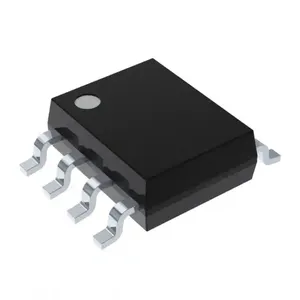fg3 정보
공장에서 새로운 레이저 프린터를 제작하는 데 신뢰할 수있는 부품이 필요한 경우 Alibaba.com의 공급 업체로부터 fg3를 받으십시오. 수리점에서도 유용하게 사용할 수 있습니다. 장기적인 생산 목표를 위해 비축 할 때 많은 품질 단위를 쇼핑하고 비용을 절약하십시오. 프린터 및 기타 기계의 다양한 브랜드 및 모델과 호환되는 다양한 부품을 찾으십시오.
일부 fg3는 복사기 및 팩스 기계에 사용하도록 설계되었습니다. 설치되면 인쇄되는 각 페이지에 토너를 안정적으로 도포 할 수 있습니다. 대부분의 브랜드는 OEM 표준에 따라 제작되었으며 많은 주요 브랜드의 저렴한 애프터 마켓 대체품으로 사용할 수 있습니다. 핫 프레싱 및 사출 성형은 각 세트의 모양과 크기가 균일하도록 종종 사용됩니다.
플라스틱 또는 실리콘으로 제품을 만들 수있는 다양한 공급 업체의 Alibaba.com에서 fg3을 (를) 찾으십시오. 때로는 고객이 요청하면 다른 물질을 사용할 수 있습니다. 특정 브랜드는 매우 넓은 범위의 작동 온도를 특징으로하며 매우 덥거나 추운 환경에서 작동합니다. 일부 공급 업체는 제품을 배송하기 전에 각 제품을 테스트해야합니다.
알리바바 .com에서 fg3를 받아 사무실을 가동하거나 공장을 효율적으로 운영하십시오. 예산을 초과하지 않는 비용으로 최고의 기능과 디자인을 찾으십시오. fg3를 검색하고 맞춤형 배송을 주문하여 다양한 복사기와 프린터를 제작하거나 수리하십시오.









































































